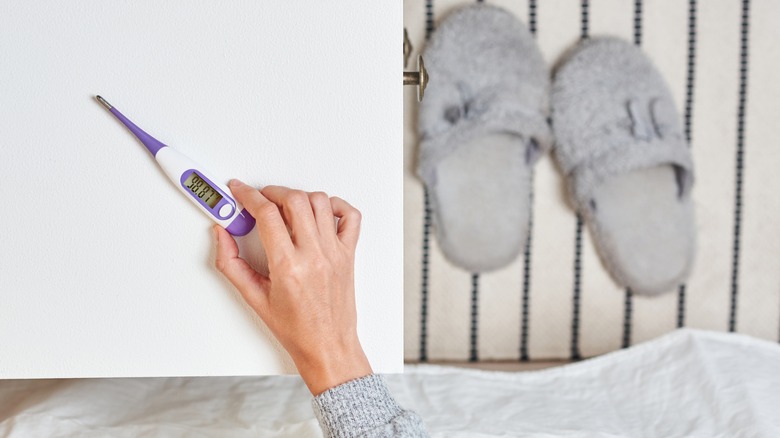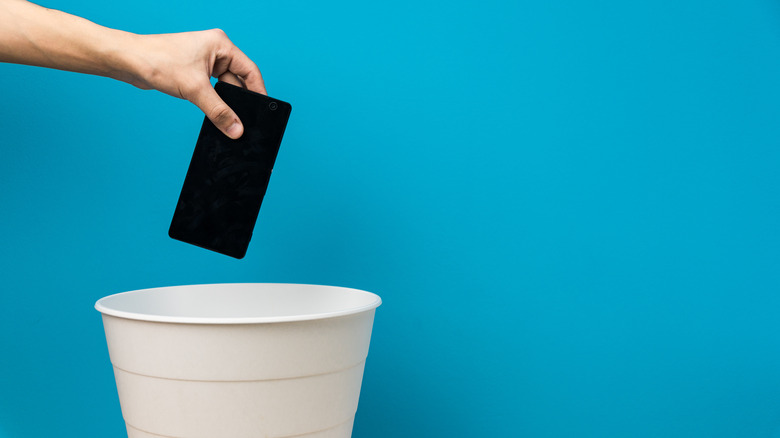How To Track Your Ovulation Without Apps Or Predicator Kits
50 years ago cell phones didn't exist, 30 years ago texting was just an idea, and 20 years ago we had no idea how drastically social media would change the world. Advances in technology over the last half-century have made life easier in ways that — not so long ago — would have been inconceivable.
Millions of women use period and ovulation tracking apps to have a better understanding of their cycles, and to try to avoid or achieve pregnancy (per the University of Washington). However, many complain that these apps are neither accurate nor comprehensive enough to be relied on, and with concern over data breaching in the wake of Roe v. Wade, women have been deleting these apps in droves. Luckily there are ways we can track our cycle — without phones — that can facilitate a greater level of understanding and connection between us and our bodies.
How to track your ovulation cycle without your phone
Whether you're looking to become pregnant, or actively trying to avoid it, the importance of knowing when you ovulate is paramount. According to Mayo Clinic, in an average 28-day menstruation cycle, ovulation usually happens about two weeks before your next period. The Cleveland Clinic notes that we are most likely to become pregnant anytime between two days before and three days after ovulation. To take some of the guesswork out of it, all you need is a basal thermometer and a journal.
After an egg is released from a woman's ovary, her body temperature will rise slightly in response. By tracking this change in temperature over the course of a few months, you'll be able to draw a pattern that can help you predict your ovulation cycle for the future.
Using a thermometer that measures to at least one-tenth of a degree, start by taking your temperature every morning immediately after waking up, as the body reaches basal temperature during sleep. Using a designated journal or a calendar, write down your temperature every morning. Our basal body temperature generally rises half a degree Fahrenheit after ovulation, so be on the lookout for any increase and make note of it on your calendar so you can look back and identify your body's individual pattern. After a few cycles, this will help you identify when you're most fertile and when you can expect your period.


